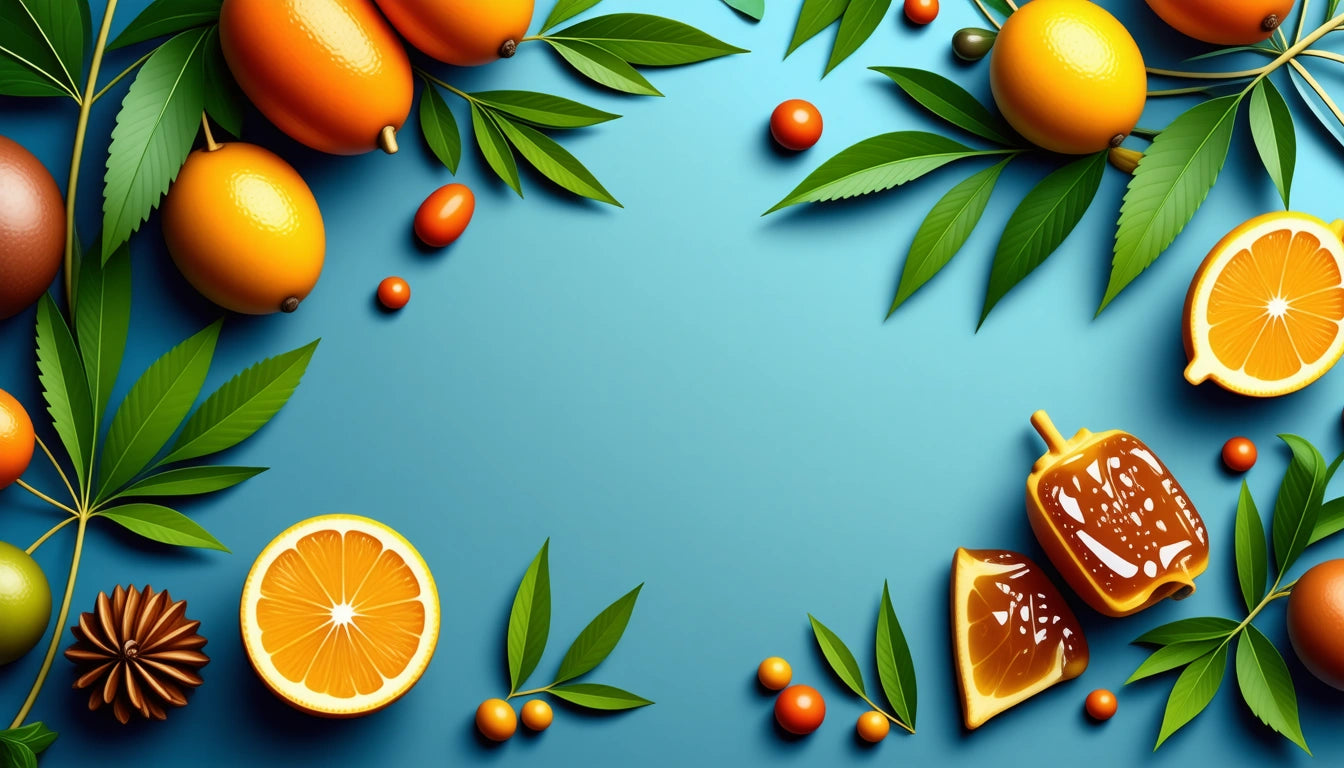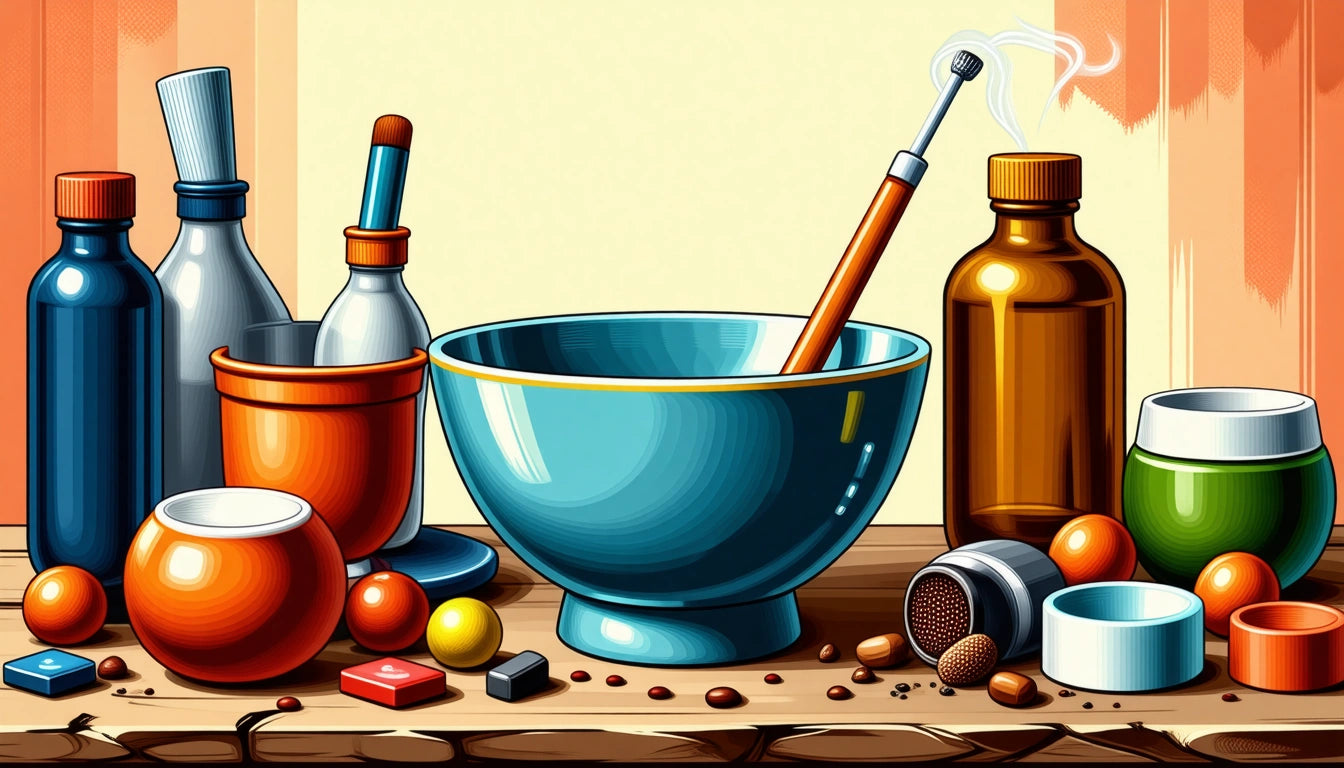Table of Contents
Optimal Temperatures for Decarbing, Flowering, and Vaporizing Cannabis
Temperature management is critical throughout the cannabis lifecycle, from cultivation to consumption. Whether you're growing plants through their flowering stage, decarboxylating flower, or vaporizing concentrates, precise temperature control directly impacts potency, flavor, and overall experience. This comprehensive guide explores the ideal temperature ranges for each process and how to maintain them effectively.
Temperature Fundamentals in Cannabis Cultivation
Cannabis plants require specific temperature conditions during different growth phases. During the vegetative stage, plants typically thrive in temperatures between 70-85 °F (21-29 °C). However, as plants transition to flowering, their temperature requirements change significantly.
According to research on indoor growing conditions, maintaining consistent temperatures is just as important as hitting the right temperature range. Fluctuations can stress plants and reduce yields, particularly during critical development phases.
Optimal Temperatures for the Flowering Stage
Daytime Flowering Temperatures
The best temperature for flowering stage indoor cultivation typically falls between 65-80 °F (18-26 °C). During the light cycle, maintaining temperatures closer to 75 °F (24 °C) encourages robust bud development without stressing the plants.
For those measuring in Celsius, the best temperature for flowering stage celsius is 18-26 °C, with an ideal sweet spot around 23-24 °C during lights-on periods. This range promotes optimal terpene development while preventing heat stress.
Nighttime Temperature Considerations
During the dark period, the best temp for flowering drops slightly to 65-70 °F (18-21 °C). This day-night temperature differential, known as the diurnal temperature variation, mimics natural outdoor conditions and can enhance terpene production.
As noted in this guide on autoflower cultivation, maintaining proper temperature differentials between day and night cycles can significantly impact final potency and yield.
Decarboxylation Temperature Guide
Decarboxylation converts THCA in raw cannabis into psychoactive THC through heat application. Understanding what temp to decarb flower is crucial for creating potent edibles and extracts.
Oven Decarboxylation
For conventional oven decarbing, the optimal temperature range is 220-245 °F (105-118 °C) for 30-45 minutes. Lower temperatures require longer times but may better preserve terpenes. Higher temperatures speed the process but risk degrading cannabinoids.
When handling decarbed material, using proper storage containers with child-resistant lids ensures both freshness and safety, particularly important when creating potent edibles that must be kept secure from children.
Precision Decarboxylation
Dedicated decarboxylation devices offer more precise temperature control, typically operating at 220-240 °F (104-115 °C) for 30-45 minutes. This precision maximizes THC conversion while minimizing terpene loss.
Vaporization Temperature Ranges for Different Products
Dry Herb Vaporization
Different cannabinoids and terpenes vaporize at varying temperatures, creating distinct effects. For dry herb vaporizers:
- 350-365 °F (176-185 °C): Lower temperatures emphasize flavor with milder effects
- 365-390 °F (185-199 °C): Balanced effects with good vapor production
- 390-420 °F (199-215 °C): Maximum extraction with stronger effects
The best temp for Volcano Hybrid and similar convection vaporizers typically falls between 375-395 °F (190-202 °C) for optimal vapor production and effects balance.
Concentrate Vaporization
For concentrates like wax, shatter, and oils, temperature requirements differ from flower:
- 315-450 °F (157-232 °C): Low-temp dabbing for flavor preservation
- 450-600 °F (232-315 °C): Medium-temp for balanced effects
- 600-700 °F (315-371 °C): High-temp for maximum extraction
The best temp for crumble wax specifically tends to be in the 350-400 °F (176-204 °C) range to preserve its unique terpene profile while ensuring complete vaporization. As detailed in this comprehensive guide on dab temperatures, finding your ideal temperature often requires experimentation based on your specific concentrate and desired effects.
Temperature Control Methods and Equipment
Cultivation Temperature Control
For indoor growers, maintaining the best temperature for flowering stage fahrenheit (65-80 °F) requires:
- HVAC systems with thermostatic controls
- Circulation fans to prevent hot spots
- Infrared thermometers for spot checking
- Environmental controllers for automated adjustments
According to this resource on optimal growing conditions, consistent temperature monitoring throughout the grow space helps prevent microclimates that could affect plant development.
Consumption Temperature Control
For precise consumption temperatures:
- Digital vaporizers with temperature displays
- E-nails with PID controllers for concentrates
- Infrared thermometers for traditional dab rigs
- Temperature-controlled extraction devices
Research on vaporization temperatures indicates that digital temperature control provides more consistent effects and efficient cannabinoid extraction compared to combustion methods.
Temperature Best Practices for Maximum Potency
Across all cannabis processes, temperature precision directly impacts potency and quality. For cultivation, maintaining the best temperature for flowering within 2-3 degrees of your target ensures consistent cannabinoid and terpene development. For decarboxylation, using an oven thermometer to verify actual temperatures compensates for inaccurate oven displays.
When vaporizing, starting at lower temperatures and gradually increasing allows you to experience the full spectrum of effects as different compounds activate at various thresholds. This approach, detailed in this vaping temperature guide, helps users discover what is the best temp for their specific preferences and desired effects.
By mastering temperature control across cultivation, processing, and consumption, cannabis enthusiasts can maximize both potency and enjoyment while developing a deeper understanding of how this versatile plant responds to different thermal environments.











Leave a comment
All comments are moderated before being published.
This site is protected by hCaptcha and the hCaptcha Privacy Policy and Terms of Service apply.